The influence of power cables and phase orientation on the sound
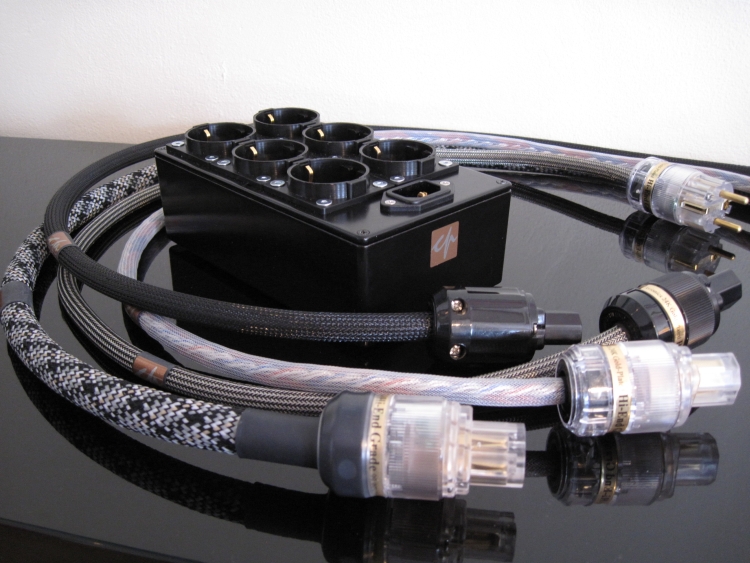
Power cables can have a significant influence on the perceived sound of your system. But did you know that the phase and position in the extension block also matter?
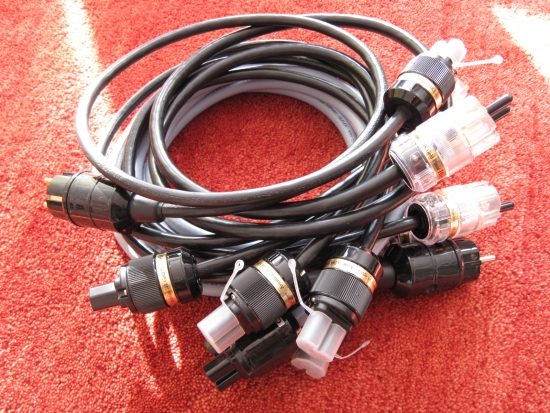
So, power cables make a difference in sound?
Why would it matter while outside of the house there are literally hundreds of kilometers standard wire in the power grid? There are lots of theories but precious little proof. All I can go by, are my ears.
While as audiophiles we focus on the last few meters of cable in our houses, the kilometers before it are, of course, also essential. No-one I know has asked the power company to change the cable to their house for an OOC cable and neither should there be a need for this. As long as they are of sufficient capacity for the required load, everything will be fine. Purely theoretically, as long as they meet the required specifications, those last few meters inside the home will also not have an impact on the quality of the sound, no matter the material. But here’s where it gets tricky. Although you’d have to go really crazy to cause an actual voltage drop, many experiments have shown that variations in the last few meters do cause audible differences.
As I found, the cable’s geometry and the type of dielectricum and the cable’s outer sleeve often have a larger effect on the sound than the type of conductor material.
The Final Meter
Is the final meter really the most important and as it follows, the meters preceding it less so? I don’t think so. It’s just that we have the possibility to experiment with these final meters and many audiophiles have noticed that the sound can be influenced by different types of power cables.
Cable Quality
As I mentioned, I have observed the largest differences when comparing cables that have different dielectricum- or sleeve materials. Copper versus silver or what-have-you exotic conductor materials can certainly lead to audible differences but these are overshaded by those caused by the plastics surrounding them. I am not a technician but most likely these are effects caused by capacitance but in any event, the audible differences have little to do with the absolute quality of the materials.
Cables with very thick layers of PVC such as the Lapp 110 or 191 in my experiments always make a component (or the system) sound fatter, rounder and woolier. Depending on the cable that is compared with, the Lapps can also sound smoother or subjectively more pleasing. Cables with a geometry that allows very little contact between the conductors and the surrounding materials, on the other hand, tend to sound fast, open and direct. And when coming from a “smoothing” cable such as a Lapp, these cables can sound “hard” or unforgiving in comparison. Similar differences can be heard between materials such as PVS versus PE or Teflon and, as one can imagine, natural materials such as cotton also have a certain effect.
I have tried pretty much every power cable that can be found in bulk as well as a very large amount of after-market, high-end power cables. It is not my intention to discuss all of the variables and there is certainly too much to say on the subject of high-end power cables. If you want my opinion on these then please have a look at the review section. Suffice to say that I have tested cheap, expensive and very expensive power cables and, yes, there are differences every time.
One pitfall to look out for is cables that sound much more refined and sophisticated than most others. At first, this can be a revelation but over time, one can start to notice that some propulsion and expression have gone missing from the sound. My position is that power cables can never enhance every single aspect of the sound. It’s always a balancing act: improving one aspect (sometimes merely subjectively) at the cost of another aspect.
When matching power cables with audio components, it’s mostly just a matter of deciding if the yielded differences are improvements and indeed if they are worth the asking price. In certain cases, it can make sense to spend a large amount of money on a power cable if it perfects an otherwise already almost perfect system. In other cases, you might be better off using standard good quality cables with good connections and spend the money elsewhere.
My personal audio journey has led me to all corners of the cable industry but these days I have made things simple with respect to power cables. I use the same Belden 19364 with a particular connector combination that sounds the most neutral and refined to me without making the sound too polite.
Some components are less sensitive to this than others but I have yet to find one that is 100% immune to the influence of power cables. It’s always worth just experimenting with this. You can tweak a component’s sound by ameliorating certain aspects or by accentuating other aspects. In essence, the idea is to find the best balance for a given system. However, it remains important to note that there are many more factors that influence the sound of the system as a whole such as the loudspeakers and their placement and of course the room acoustics. Adjusting the sound of audio components using power cables can work but it need not always be the best method. In many cases, it is better to improve the room acoustics, adjust the positioning of the loudspeakers, getting different speakers or a different audio component.
The order of the connectors in the power extension block
It is worth experimenting with the order of the connectors in the extension block. Most extension block outputs are internally wired from one to the other, rather than each being connected to the input directly. The cable entry point is connected directly to the first outlet and from then on that outlet feeds the next which feeds the next, etcetera. This means that visually speaking, the first component has the most direct connection and every sequential component is down one position.
With respect to such extension blocks, some people claim that it is best to connect the most power-hungry appliances (amplifiers) to the first outlet. Others claim that this is not wise as the amp consumes all the power, “starving” the other components after it. Electrically speaking, neither of these theories will be valid. But in practice, there really are audible influences and once these are identified one can use them to their advantage.
In my experiments using a Popp aluminum-case, good quality extension block with brass strip conductors, I find that the first position sounds most sonorous and the most vital and the ones after that increasingly thinner and grayer. This is with no other components connected to it.
When other components are also connected, the aforementioned difference remains but is altered by influences of the other components. For instance, many components with linear power supplies have a “damping/filtering” effect that is most obvious with the component that is positioned after it. That component can sound a little less articulate or impactful in this position. When connecting it in front of the aforementioned component, however, much of that effect is mitigated. Of course, all components have an influence on one another, to some extent. My suggestion is to find those that are most severe or unwanted and to try and minimize them.
One way to counteract these influences, or at least to make them work out equally for all the connected components is by using a Star-Wire connection scheme.
Power plug orientation is also audible
The phase is a not to be underestimated factor for the resulting sound. Of course, this is only applicable for those countries that use reversible connectors so, sadly, the UK and US don’t apply, unless one is willing to change the wiring on the inside of the connectors. But if you can, just try it out: swap the orientation of the Schuko connector in the extension block and listen for changes in forwardness, articulation and speed. Most likely, you will hear a difference. One position will probably sound more lively and upbeat than the other. Never mind for now which is better. If you want to take the easy way out, just choose whichever pleases you most.
Then there is such a thing as the correct phase, assuming the manufacturers of the cable and component have followed the standards. In that case, the IEC end of a power cable and the male connector in the component should already have a matched pinout connection. All you need to do in this case is to make sure that the schuko side of the cable is oriented in the proper position in the extension block.
Finally, please note that power cables, especially the thick-PVC Lapp types, can also have an effect on the overall audio setup, even when they are only connected to the audio system’s extension block and not to any receiving component. This goes some way toward explaining why a device that is not normally expected to be sensitive to this can still sound different depending on the power cable that is used.
How to identify the correct power phase?
Method 1: By ear
By default, I tend to say: use your ears. Especially because the correct connection doesn’t necessarily have to match your situation, components or preference. But if you have many components this can be a lengthy process. That’s why I provided the following easy procedure to at least make sure that all cables are connected in an official way.
Method 2: Assuming the components are wired correctly
The official method for phase connection is as follows: Looking at the IEC connector from the bottom, having the lump on the underside, the left hole should be live (phase). See also IEC connector types and correct phase. If you don’t want to do further testing, just connect everything this way and you’ll have the majority of the components connected correctly.
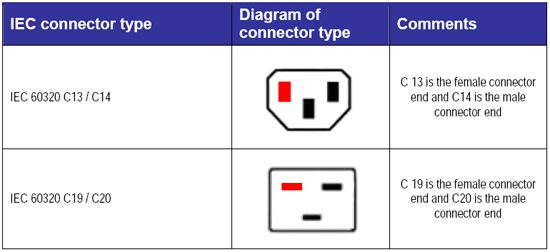
The above schematic shows the cable end connectors, not the ones inside the audio component
Now that you know where the phase should be, insert the cable into the extension block en use a voltage meter or a simple screwdriver with a lightbulb to find where the phase is in the IEC connector. When the phase is at the wrong side, just reverse the schuko in the extension block. Repeat these steps for all power cables. Then you’ve done your part. Hopefully, the manufacturers have done the same. Usually, they have, but not always. I’ve even found 2 matching mono power amps wired up opposite! That’s why you’re best off doing it by ear. If you like measuring, there’s method 3.
Method 3: Measuring
For this, you need a sensitive multimeter, a grounded outlet and a non-grounded mains outlet (or use a cheater plug).
- Disconnect all components from each other (interlinks as well) and the power.
- Connect 1 component to the unearthed outlet, still not connected to the others.
- Measure the voltage that exists between the earthed outlet’s earth and the chassis of the component you’re measuring.
- Reverse the schuko connector and measure again.
The lowest measured voltage indicates the proper phase.
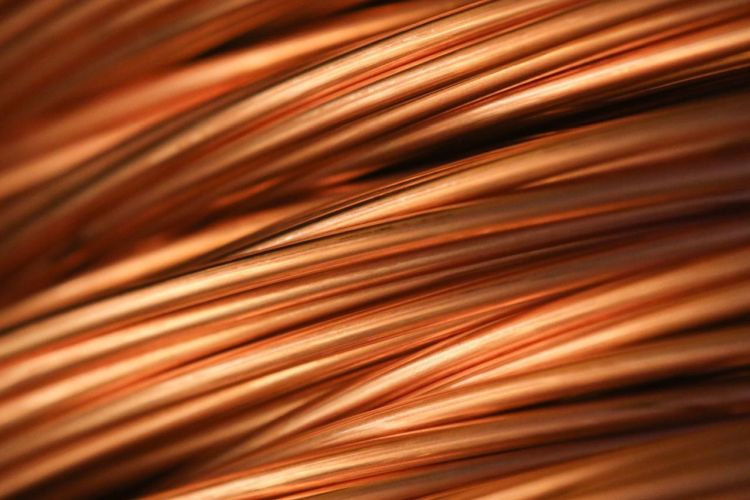
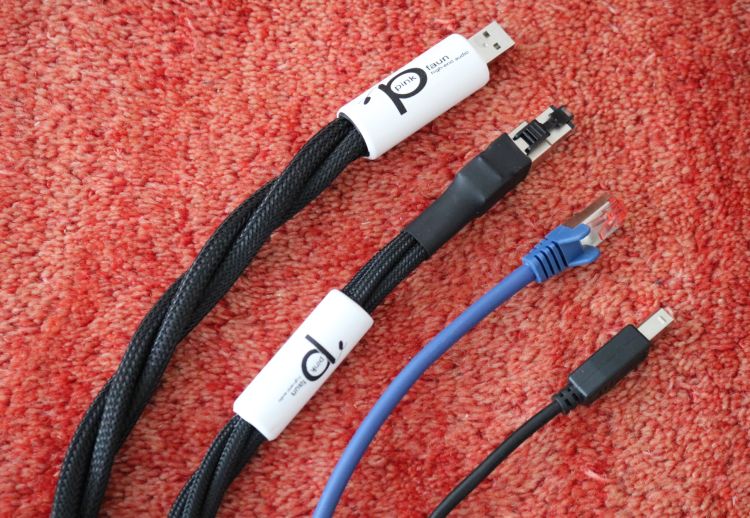
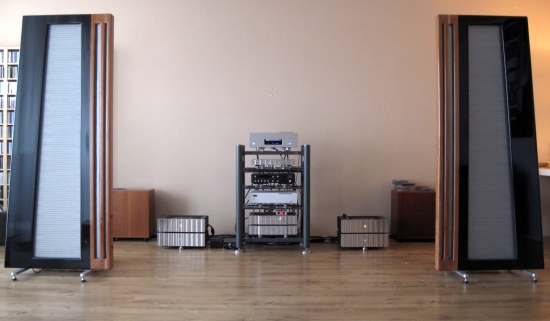
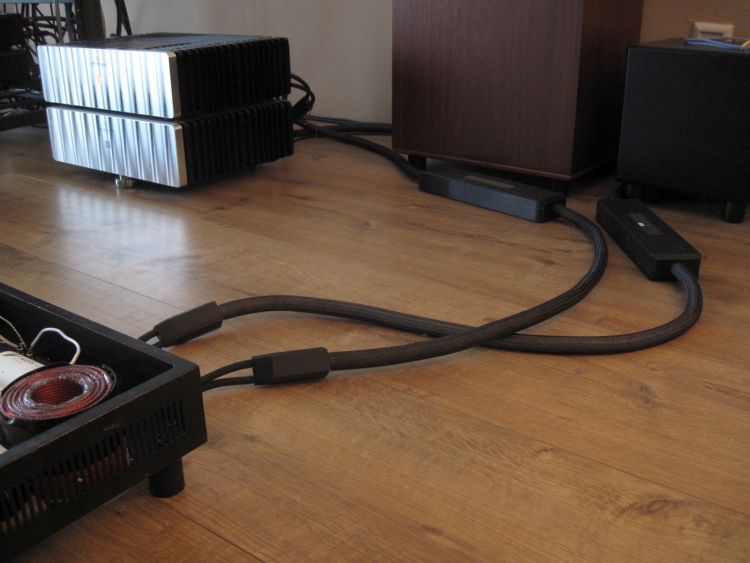
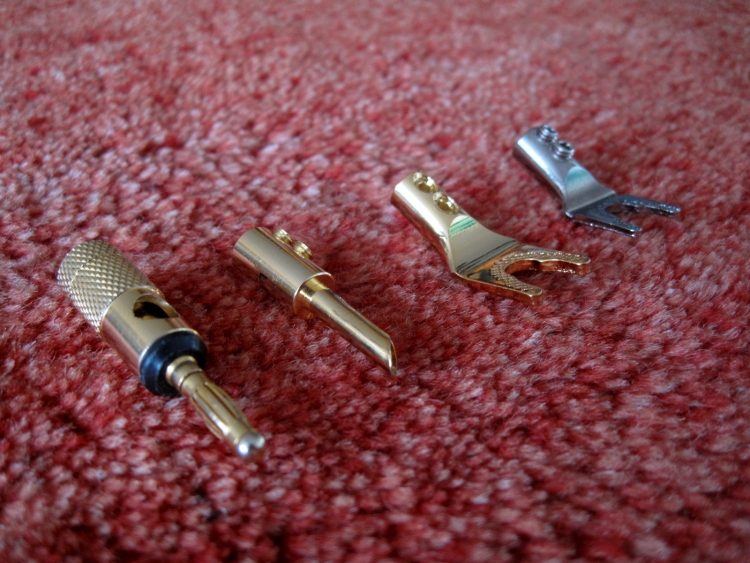
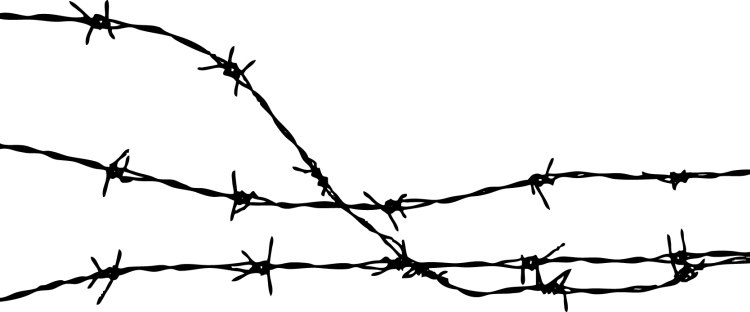
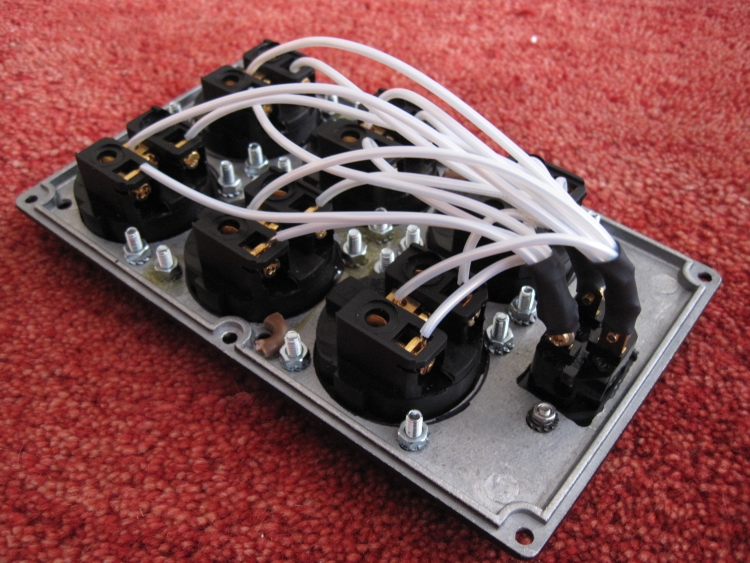
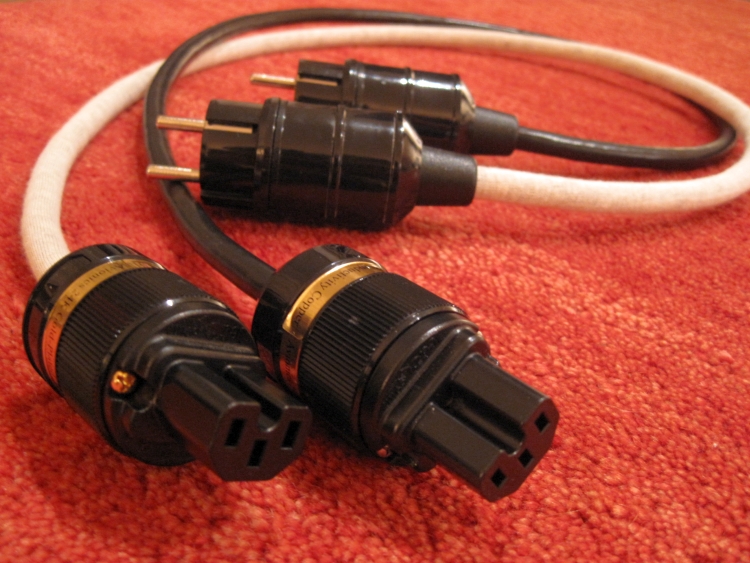
Should equipment be turned on when measuring?
Hi Wiebs, Measuring ground plane voltage with a multimeter is done with only one audio component connected to the mains with no earth connection and indeed with the component switched on. If you connect multiple components then the reading is clouded because the voltage can go up or down depending on phase orientation of the other components.
I don’t know why is diagram on iec 14 connector shown here in upside/down position. I never had unit where is narow side down , it is always up .. so this can be confusing!
I’ve actually mostly encountered components that have it oriented as illustrated. Oh well, I guess it’s a 50/50 chance…
I just always orient it using the bump (I call it the butt), which should be down and then the phase should be left. That’s how I memorized it.
I only think that your ears and mind wants to hear a difference. The alternative current is transferred to DC before it is used in your equipment. Most likely what you will hear is audio which has been warmed up and then always sounds better. Most settings in the audio circuits will only be optimal if the equipment will reach it’s normal operating temperature. The only thing which can help is get rid of old electronic equipment in your home which can produce noise signals in your home grid. If you hear disturbance when the refrigerator of 30 years old kicks in get a new one.
I agree with your comment completely. The phase in the AC side of a power supply shouldn’t affect the audio in any way. Measure the DC to be sure.
Good afternoon,
I am interested in changing the original power cable of my tube amp and would like to try Lapp cables. Despite having a Klipsch Heresy, thanks to the speaker cables, valves (12au7 Brimar and ecl86 Mazda) and dac (Denafrips Ares II ) the sound I have is detailed although smooth and not tiring.
I would like to keep the sound register, but get an even better sound (more focused, deeper and with a good sound stage) (I don’t know if I am asking for to much lol). Do you recommend the 191 CY 7G 1.5 or the 110 CY 3G 2.5?
Thank you very much!
Greetings from Portugal,
David
Hi David, going from standard cables (Belden or cheaper) to any Lapp cable will create a fuller and richer sound with thicker, warmer bass, creamier mids and smoother treble. However, it will also reduce the apparent pacing and transient snap. But when coming from a Lapp cable, a Belden will sound comparatively lean and dry. So, it’s also relative. One thing that seems consistent across all the cables that I have tested is that cables with wide soundstaging (a big aura or sound bubble) tend to be less focused and less accurate, and vice versa. In a nutshell, I would advise going for Lapp only if you are looking for the benefits as described and don’t mind the relative downsides. Between the 191CY 7G1.5 and the 110CY3G2,5, the former sounds more controlled in the bass and is slightly drier and the latter is creamier and more relaxed. But in an absolute sense, both are smooth and relaxed and both have the timbral fullness and “phat” bass that comes with the brand.
Hi Christiaan,
First of all thanks for your help.
I’m tempted to try the Lapp 191 CY 7G1.5, because from what you said I got the feeling that despite not being neutral it is more balanced than the 110 CY.
During this week I tried a similar Isotek cable, which you did a review in which you compared it to the Lapp 110 CY, and I was pleased with the result, as the sound became even smoother and more engaging.
After reading your article about the Belden 19364, in which you compare the classic 2.1mm version with the 4mm version, where you say you weren’t very pleased with the larger diameter, I was wondering what it would be like to compare the 110 CY 3G 2.5 with the 110 CY 5G 2.5 or the 191 CY 7G 1.5 with the 191 CY 7G 2.5. Have you ever tried the larger diameter versions of these models?
Best regards,
David
Hi David, there are more factors than I will address here, but in general, I found that the more strands a conductor has and the thicker the layers of PVC around it, the more the sound will become smeared, or, in other words, become richer and smoother. And vice versa. A solid-core conductor with an insulating jacket made of PE (Polyethylene) or even more so PTFE (polytetrafluoroethylene) which is probably best known as Teflon, will sound tight and uncluttered, but also relatively less smooth and rich. Anyway, this is why the 7G 1,5 Lapp sounds tighter and relatively drier than the 3G 2,5. We strive for high accuracy and low editorialization (the older I get, the more I do) but oftentimes the best sonic balance is found somewhere in between. It remains a balancing act.
Ultimately, with the Lapp cables costing next to nothing, I would suggest getting a few pieces and conduct your own experiments:-)
Anyone who thinks the polarity of AC power affects sound quality is either delusional, or has very little understanding of basic electricity and their own hearing.
There is no lack of understanding here. Just a more open mind, I suppose. On a wider palette and pertaining to other aspects of hifi, maybe it’s those who assume that all is known to man at any point in time and no new insights are ever obtained along the way who are delusional.
No Christian, you are wrong, and it’s trivial to prove you wrong by simply measuring the audio output both ways. And before you give me nonsense like “audio engineers don’t know how to measure everything” let me introduce you to the Null Test, link below. Then you need to learn about the requirements for doing a proper listening test, second link below. After you watch the video and read the article, then we’ll have the basis for an honest and meaningful discussion.
http://www.youtube.com/watch?v=ZyWt3kANA3Q
https://www.prosoundweb.com/discerning-differences-how-to-conduct-proper-useful-listening-tests/
LOL, so you lack the confidence in your own knowledge to allow my post and then reply to it. You should learn more about how audio and hearing work, rather than spread misinformation to others. You’re welcome to email me from my web site if you’d consider a non-public conversation. In the mean time, start here:
http://ethanwiner.com/book.htm
Your comment was automatically rejected because it contains a link. As mentioned in the comment form, this is not allowed. I have to do this because of all the spam.
Sorry, I missed that note about links, so thanks for enabling my post.
I’m sure you believe that you’ve heard differences between power (and other) wires. But assuming both wires are competent your perception is simply wrong. This is the main problem with too many audiophiles, and even some professionals: They don’t understand the limits of your own hearing memory, and they don’t understand the need for a proper blind test or even how to do such a test. They also don’t understand that simply moving your head a few inches makes a real change in the response reaching your ears. All of this is well documented, and available to anyone willing to spend a few hours learning.
I assume you want to be knowledgeable about this wonderful hobby of ours. So start with the links I posted, then come back and we’ll have the basis for an educated discussion. Thanks.
I could not agree more with ETHAN. When someone goes through the emotional process of justifying purchasing a cable for $500 to $1500 you have already convinced yourself your system is going to sound better, it’s truly all in your head. I have been in the high tech space for the past 45 years, that alone is meaningless but I have been on both sides of this discussion, and only after reading real research that proves through standardized testing that spending all this money is motivated on the marketing hype and your endless desire to improve your system when the truth is the limitations are not in your system, its the fact your are human and your hearing and mindset is so subjective. Please stop listening to the BS and wasting your money.
Richard, you are totally on track and I also agree with Ethan. As a sound operator for 45 years and having a background in electronics and audio before that I really get so angry when I read some of this audiophile nonsense.
I dare say that on my system, which has 70’s speakers that er very prone to the keyhole effect, that plug orientation matters in terms of phase which can add to a more enjoyable listening experience on some systems. I can switch orientation on the fly because of a diy filter.If I really have to describe what it does: It turns the sound upside down and vice versa so to speak. Moving ones head from left to right has a similar proportional effect though. It solved a problem where one speaker always seemed to play louder than the other for me. Perhaps that has to add something to the whole discussion.
Thanks for your feedback, Wiebe!
Wiebe, from what you describe about moving your head, you will benefit greatly from acoustic treatment in your room. Especially absorbers at the side-wall reflection points. Once you achieve good imaging by controlling reflections, you’ll probably find that “upside down” effect disappears.
I came across this article whilst searching for information on something else, which was rather serendipitous as it had never occurred to me to check if my schuko plugs were in phase or not. As it happens, 3 of the 5 were not and I was pleasantly surprised at the improvement in sound when I corrected this. The naysayers, like some of those above, are entitled to their opinion, but as a profesional in the wine business I am accustomed to those who can not ‘taste’ a difference – the subtleties of wine, like sound, can not necessarily be measured in any scientific way, and yet they are clear to anybody with a little experience.
I’d extend the parallel between audiophilia and oenophilia further by saying that, as the author himself states elsewhere, ‘different’ does not necessarily mean better, and spending more does not necessarily guarantee better sound… or wine! Here in Spain, there are plenty of wines for less than €20 that are often preferable to those that can cost 5 times as much. I have found the something similar when comparing DIY interconnects with more expensive cables (I stuck with my homemade cables!)
Anyway, thank you for the articles I found them extremely interesting.
Regards
Hi Christian,
Is the in phase (IEC) of the component of more importance than the out of phase of the schuko of the power conditioner?
Good question! I have no evidence to support that it would make a difference but I never investigated this. Come to think of it, I don’t think it should make a difference unless the cable (or power conditioner) is designed differently for the phase and neutral lines. But especially for power conditioners, I would recommend connecting them as suggested by the manufacturer.